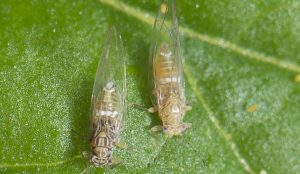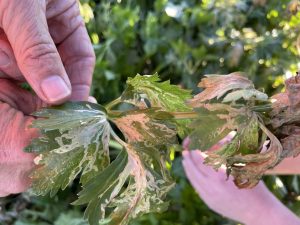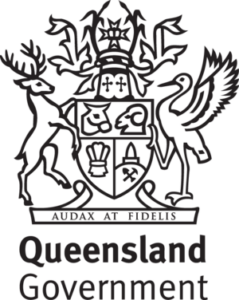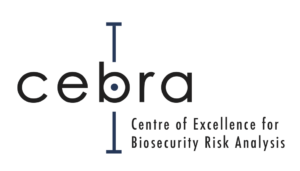Vegetable Industry Biosecurity and Business Continuity Strategy (VG22004)
What is the Vegetable Industry Biosecurity and Business Continuity Strategy?
The national vegetable industry biosecurity program, led by AUSVEG, is a national partnership that links vegetable businesses and biosecurity expertise from government agencies, research programs and private industry to make sure the vegetable industry is prepared for the arrival of new pests and diseases.
The goals of the program are to ensure that:
- The vegetable industry and biosecurity agencies have the tools, skills and networks in place to respond quickly in the event that a new pest arrives in Australia.
- Vegetable businesses can return to trade as quickly as possible when a new pest is reported.
Why is the vegetable industry investing in this program?
New pests arriving in Australia impact on vegetable production, profitability and the ability to move produce. Many pests of vegetable crops are still absent from Australia, and experience with exotic pest incursions in recent years indicates that a prepared industry is better equipped to respond effectively and efficiently when a new pest arrives.
Australian farmers spend $3.8 billion a year to control vertebrate pests and weeds. Production losses amount to $1.5 billion#
What will the vegetable biosecurity program deliver?

The program will develop national diagnostic and surveillance tools and identify systems to enable the use of biosecurity data for decision-making to support:
- Vegetable industry and government preparedness for early detection, identification, and control of new pests.
- Risk-based return to trade for vegetable farming businesses in the event of a new pest arriving.
Program themes and outputs
The program will develop a robust framework, including tools, systems and relationships to support an effective, collaborative response to new pests.
The program is based on three themes:
- Surveillance and diagnostics,
- Data and informed decision making and
- Business continuity and trade.
Over the next five years, the program will:
- Update the list of pests and diseases that pose a risk to the Australian vegetable industry and support the development of tools for their early detection, identification and control.
- Evaluate track and trace technology to reduce the risk of pests from entering and establishing on farm and support risk-based return to trade in the event of an incursion.
- Trial the use of industry and national biosecurity surveillance data to provide evidence of absence of pests to support farm business continuity and market access.
The program builds a partnership between the vegetable industry (AUSVEG) and biosecurity RD&E expertise from Plant Health Australia, governments and private industry. Together, the partnership will support the development and delivery of innovative, collaborative and adaptable systems for growers, supply chain partners and regulatory agencies to ensure that the vegetable industry is equipped and prepared to respond to and continue to trade in the event of new pest and disease incursions.
Tracing technology pilot to support business continuity

A common concern when a new pest arrives in Australia is that a farming business will be shut down and unable to trade if a new pest is found. This may mean that suspect pests are not reported in a timely manner. Early reporting is key to an early response and supports the chances of eradicating the new pest.
To address this concern, AUSVEG has partnered with biosecurity risk, traceability, and response software provider Onside to evaluate the use of tracing technology to collect movement data to support a risk-based approach to return to trade for vegetable farming businesses if a new pest arrives.
By using the Onside tool on their properties, growers will collect check-in movement data that can help to identify pest and pathogen risks and create traceability records to help respond to biosecurity threats. The tool maps farm boundaries, captures movements on and off farm, and may assist with compliance schemes.
Growers – get involved!
This national program presents an opportunity for vegetable farms and government to work together and proactively protect farming businesses, recovery and business continuity, and the long-term profitability of the vegetable industry.
Want to know more? Contact AUSVEG on (03) 9882 0277 or email at science@ausveg.com.au.
#Data sources: www.agriculture.gov.au/abares/research-topics/biosecurity/biosecurity-economics/cost-of-established-pest-animals-and-weeds-to-australian-agricultural-producers; Australian Horticulture Statistics Handbook 2021-22 to 2023-24(MT21006).
The Vegetable Industry Biosecurity and Business Continuity Strategy (VG22004) has been funded by Hort Innovation using the Vegetable Industry research and development levy and contributions from the Australian Government. Hort Innovation is the grower-owned, not for profit research and development corporation for Australian Horticulture.








